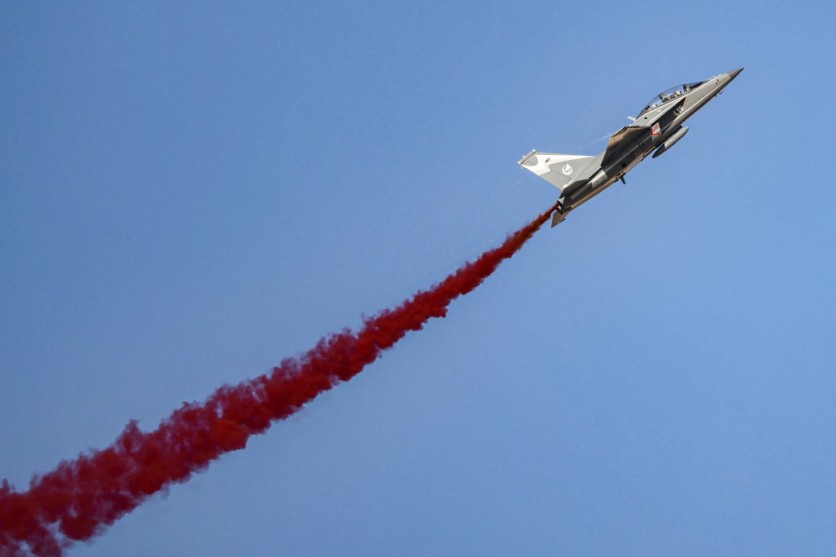A team of Chinese scientists from Guangzhou University's School of Materials Science and Engineering has unveiled a new porous ceramic with unprecedented strength and insulation capabilities, poised to reshape the future of aerospace technology (via South China Morning Post).
Named 9PHEB, this high-entropy diboride ceramic offers a fine balance between mechanical robustness and thermal insulation, making it an ideal candidate for hypersonic aircraft applications.

High-Strength, Thermal Insulating Ceramics
As Interesting Engineering notes, porous ceramic materials are highly sought after due to their lightweight nature, chemical inertness, and low thermal conductivity, which contribute to their exceptional insulating capabilities.
However, finding a balance between high mechanical strength and thermal insulation in these materials has proven difficult. Increasing thermal insulation through more pores traditionally reduces mechanical strength, making them unsuitable for demanding aerospace applications.
The research team addressed this challenge using a multiscale structural design for 9PHEB. This ceramic boasts ultrafine pores at the microscale, high-quality interfaces at the nanoscale, and atomic-scale lattice distortion, all contributing to its exceptional properties.
The unique design includes about 92% ultrafine pores, measuring a mere 0.8 to 1.2 micrometers, setting it apart for its superior thermal insulation capabilities.
Exceptional Mechanical Strength
Despite its 50% porosity, 9PHEB exhibits an ultra-high compressive strength of approximately 337 megapascals at room temperature, surpassing previously reported porous ceramics.
This newfound strength is crucial for its potential applications in extreme conditions, such as the intense environments encountered during hypersonic flight.
The ceramic underwent rigorous insulation and thermal stability tests, showcasing its remarkable performance. Even at scorching temperatures of 2,732 degrees Fahrenheit (1,500 degrees Celsius), 9PHEB retained an impressive 98.5% of its strength.
Notably, it demonstrated plastic deformation at 3,632 degrees Fahrenheit (2,000 degrees Celsius), a quality absent in traditional brittle ceramics.
The ceramic's strength and insulation prowess stems from its high-entropy design, a concept involving the strategic mixing of nine cationic components.
Chu Yanhui, from the South China University of Technology, told the Chinese press that this innovative approach, which gained significant research interest since its introduction to ceramics in 2015, allows for developing unique microstructures and customizable properties.
Applications in Aerospace, Energy, and Chemical Engineering
Zhuang Lei, an associate professor at the School of Materials Science and Engineering, highlighted the broad applications of this material.
With its unmatched combination of strength and insulation, 9PHEB is poised to play a pivotal role in the aerospace, energy, and chemical engineering industries. Experts foresee its potential application as a thermal insulation material in the next generation of hypersonic aircraft.
The research findings were published in the peer-reviewed journal Advanced Materials on January 2.
Stay posted here at Tech Times.

ⓒ 2025 TECHTIMES.com All rights reserved. Do not reproduce without permission.




